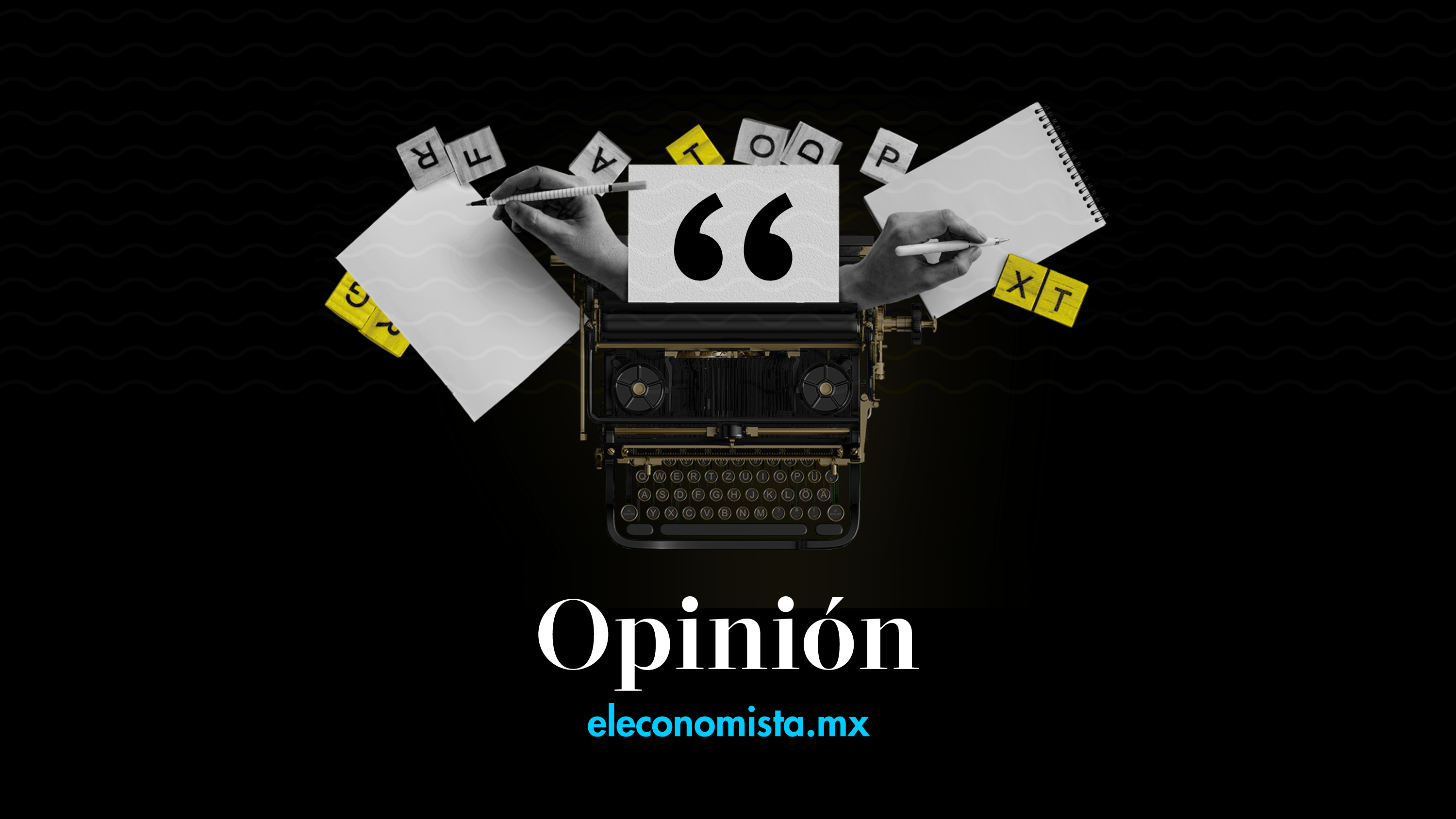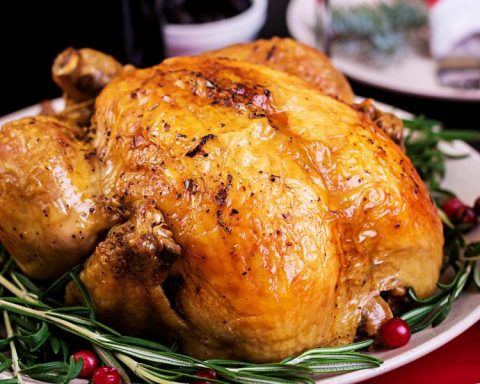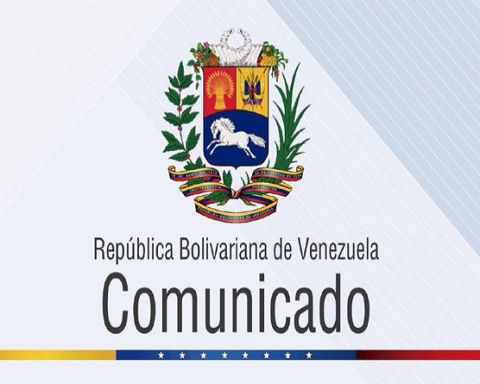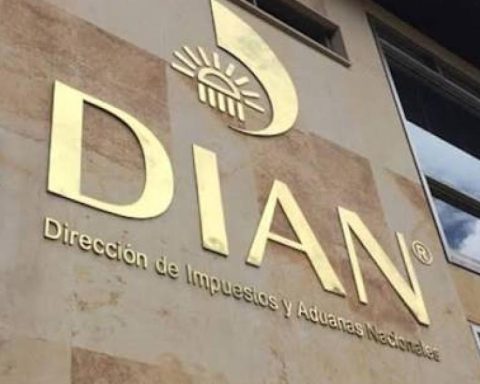NFTs have been around since 2014, but last year they gained notoriety in the world of digital investments. An NFT is a unique and irreplaceable record on the blockchain, which is the place in the digital world where cryptocurrencies are recorded. And in recent times these unique record receipts are what determine ownership of a certain digital object in the digital world. The NFTs that began to gain notoriety were exclusive images, clips, or photographs, which people began to purchase as digital assets from the metaverse. The acronym NFT stands for “Non Fundible Token”.
NFTs were created to give creative artists greater control over the hands their creations pass over. Thus, an illustration, photograph or sculpture that initially existed physically, could be “tokenized” and marketed as NFT.
The food and restaurant industry has begun to venture into NFTs, in many cases not just as digital creations, but by offering NFT buyers added experiences. Chefs like Tom Colicchio have sold NFTs with pizza illustrations, taking advantage of the enthusiasm of some foodies.
There are other ventures around NFTs that go beyond the digital asset. The Flyfish Club company is “the first NFT restaurant” in the world. On his website, there are illustrations of fish, sushi and other foods that can be purchased. The company bets that buyers of these NFTs by 2023 can enjoy benefits for belonging to the club without paying monthly and annual memberships, among these benefits is attending events and tastings organized only for members who previously bought NFTs. Some skeptics question whether the club will ever be able to open in a physical space, which they promise will be a New York location with different food and drink tasting rooms. If the space is achieved, all those who have purchased an NFT will see its value increase.
Some brands have opted for the creation of illustrations of their products in the form of NFTs in addition to offering the customer the physical product, as in the case of spirits. Other ventures include the purchase of NFTs from a new hamburger franchise, where decisions about the company will be made communally based on who has purchased the NFTs. In addition to this, they can enjoy benefits such as monthly codes to obtain free physical hamburgers.
Some chefs have chosen to sell recipe digitizations of their creation as NFTs. From a commercial point of view, this helps to create a community for emerging chefs who want to make themselves known, but it raises the legal problem of the intellectual authorship of certain recipes, because when converted to NFTs, the owner is the one who would have the use of the recipe and not the chef who, however, functions as the equivalent of the artist for digital content.
Unlike artistic works, the originality of a cooking recipe is a more complex issue. Although NFTs are a form of trading of the future, there are still some uncertainties in their application to actually making a profit in the physical world. The most paradoxical thing is that food, something that is celebrated with the senses, is also the object of a digital transformation, in which, if anything, only the sense of sight is disturbed.
@lilianamtzlomel
Food and society columnist
POINT AND HOW
Food and society columnist. Gastronaut, observer and foodie. She is a researcher in sociology of food, nutritionist. She is president and founder of Funalid: Foundation for Food and Development.














